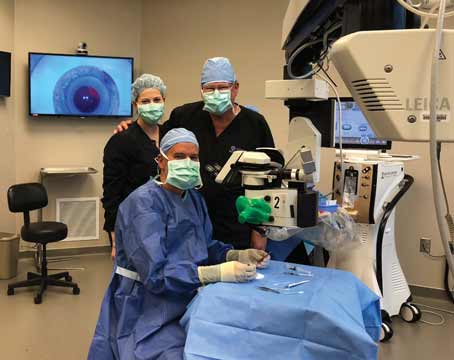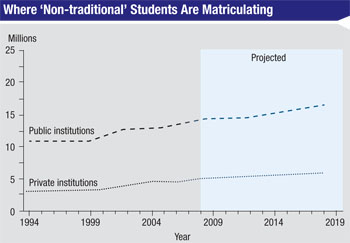 |
An ophthalmic practice performs like a finely tuned orchestra: It needs a conductor and a well-practiced and highly trained group of musicians. As the conductor of your own practice, you provide direction to your staff, improve their skills and rehearse with them to provide the best care for your patients. You stay on top of your practice at all times; after all, it is your chosen profession and your livelihood. You probably even know where your next patient is coming from. But do you know where you are going to recruit your next ophthalmic assistant or technician?
Replacing Traditional Methods
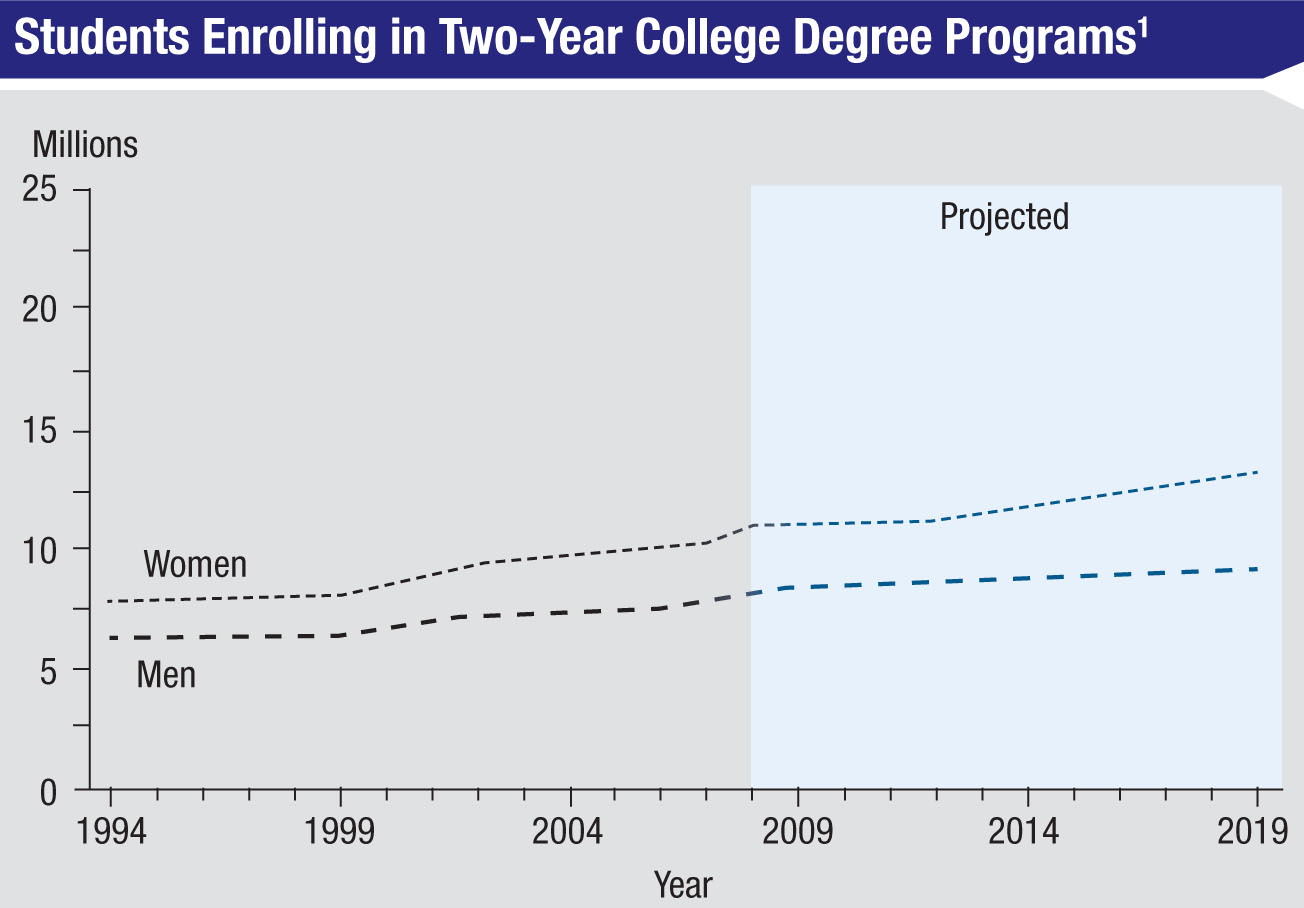 |
Simply stated, if you could hire a highly trained and certified ophthalmic assistant, ophthalmic technician or ophthalmic medical technologist, ready to work without supervision, you would probably jump at the opportunity. The only problem is where would you get such a prospective employee?
If you are one of the few practices to be situated close to a training program, you are in luck. Unfortunately, very few practices are, and even fewer have the resources to advertise out-of-state or conduct interviews with distant applicants. You could, of course, wait for the annual meeting and hope to find someone willing to move to your town. None of these approaches, however, are consistently desirable options.
How about starting an ophthalmic medical technology program from scratch by partnering with your local state or community college or technical school? That is exactly what we are doing at Palm Beach State College in Palm Beach Gardens, Fla.
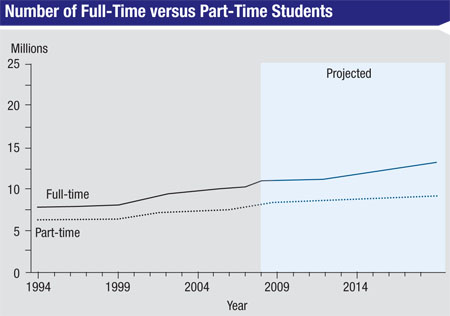
|
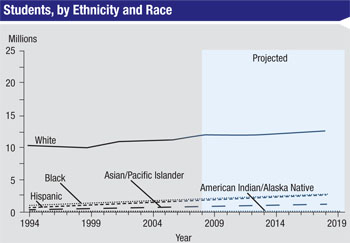 |
Let’s take a look at the pool from which we will draw potential student trainees. Today’s college students are about as similar to the students of 20 years ago as the iPhone is to the rotary dial telephone. Today’s “non-traditional” students, as they are presently called, are more likely to have finished high school years before, be employed and be responsible for children and family. √≈According to the National Center for Education Statistics, in Projections of Education Statistics to 2019, she (as women far outnumber men) represents 73 percent of today’s undergraduate students.1 And she is older than the typical high school graduate and is going to college full time.
To what institutions are these new “non-traditional” students matriculating? They are attending public institutions, with their convenient locations, affordable tuition and fees, and fast track to careers.
According to the recent U.S. Census, the Hispanic population is rapidly growing, and more and more minorities are turning to higher education, including African American, Asian American and American Indian. Therefore, we can reasonably predict that your applicant will more than likely be an older minority woman, with previous work experience in another field and responsibility for a family.
Diversity is the key to success in a global workplace. It is a valuable asset, not a liability, and it is the rule rather than the exception. The ability to communicate in different languages and interact within different cultures is a valuable commodity not to be overlooked or squandered. This generation of ophthalmic assistants will be drawn from such a diverse cultural pool.
Present vs. Future Workforce
With the baby boomer generation entering the retirement years (which includes most ophthalmologists), we will see the disappearance of the traditional workforce. A recent study describes six “disruptive factors” that are molding the future workplace.2
-
Longer life spans. Americans are living longer. In Roman times, a person could expect to live to a ripe old age of 28, if disease, pestilence or battle didn’t get him first. By the 15th century it was 43. At the turn of the last century, an American could expect to make it to age 65. Today the world average is 67. According to the U. S. Census, 2011 Statistical Abstract, as a result of decreasing disease-related morbidity, the average American male is expected to survive to age 76, and the average woman to age 81.3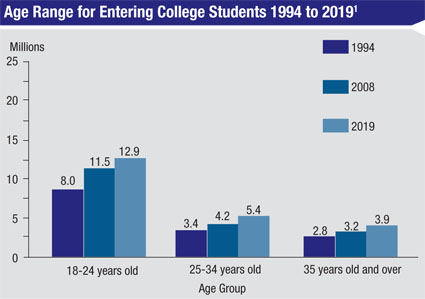
- Increased use of “smart” devices. The rate of acceptance of hand-held and mobile computer-based devices is dazzling. According to a recent Nielsen Report, 55 percent of all smartphones were acquired by a recent adopter.
- Advances in computational systems. The Institute of Electrical and Electronics Engineers hosted a recent conference focusing on cutting edge computational intelligence that impacts such areas as signal processing, computer vision, control and communication. This future will provide us with smart robots, neuromorphic vision sensors for visual processing in artificial systems, computer vision, and information systems for data movement and storage. Just imagine a computer that knows who you are. No longer tied to a desktop computer, everything you will ever need will be stored in cyberspace, and you’ll just talk to your small wristwatch to access it.
- Advances in multimedia technology. (One of my personal favorites.) The ability to provide information, disseminate data and increase productive interaction between students and mentors will be the new educational currency. Providing live, interactive lectures, within a robust online platform, easily and inexpensively, to anyone in the world at any time will be the goal of the new educational order. Your technician will be part of this education acquisition process.
- Effective and productive use of social media. What today may look like a silly online portal to create your own self-image ( Facebook), let the world see what you see ( YouTube), and tell the world what you think ( Twitter), will be slowly morphing into a valuable tool for exchanging information. The new order is hosting Xing and LinkedIn (online professional business exchange), Epernicus (for research scientists), and Academia.edu (for educators), to mention a few.
- A more globally connected world. Throughout history, nations and leaders did not always have the information they needed to govern. Were their minions successful in battle? Was their recent tax levy on the faithful about to evoke an uprising? Were battles still raging on for years long after a war was over? History records them all, long after the fact. Today, an uprising in the streets of Tripoli is broadcast live on your smartphone, as it happens! The world keeps getting smaller and the dissemination of information is getting faster.
Beyond the Ruler and Grid
Technology is growing at breakneck speed. Corneal anatomy used to be measured with a ruler and a grid. Today we digitally analyze the cell count and tissue thickness, and map the contour to the micrometer. Ophthalmic assistants will no longer be able to function with their previous on-the-job apprenticeship-like training.
As an educator, I push for the latest and most efficient and effective pedagogical modalities that will meet the demand for this new student demographic (totally online and paperless e-learning, virtual techniques, full 3-D motion imaging, with iPad in hand and no books or papers in sight). We, as practitioners, will not only demand the product of this highly trained and valuable human workforce, we will be unable to function without it (a little like the conductor standing before an empty orchestra pit). Believe it or not, the work is already well under way to make all of this happen.
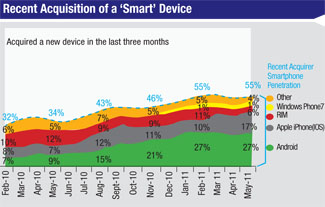 |
To provide practitioners with trained assistants who meet national standards will require that we graduate fully certified personnel. The accreditation process that governs the training of ophthalmic technicians includes the Joint Commission on Allied Health Personnel in Ophthalmology, the Association of Technical Personnel in Ophthalmology, and the Commission on Accreditation for Ophthalmic Medical Programs. Graduates of the program will be able to become certified as COAs, COTs, or after an internship, COMTs.
| Ophthalmic assistants will no longer be able to function with their previous on-the-job apprenticeship-like training |
You may be asking yourself, do we really need this? We surveyed our local ophthalmic society’s members to determine their interest in and support for the proposed Associate of Science degree program in Ophthalmic Medical Technology. The members of the society were unanimous in their support, with all respondents (100 percent) indicating that there is an unmet need in the county for trained personnel.
Members further indicated a willingness to hire graduates trained and certified as COAs, COTs and COMTs. Seventy-five percent of respondents expressed willingness to serve as members of an advisory board to facilitate curriculum and course development and to act as internship sites.
Student Demand Survey
To assess student demand for the program, a student survey was conducted online by the college and sent to the College’s Anatomy & Physiology II and Microbiology students, (those taking the prerequisite science courses that would be required for the proposed program). This survey measured student interest in the OMT program offering, which factors are most important in choosing an educational program, and when or if they would plan to enroll. Of the 146 respondents, 73 percent expressed interest in the program, with 26 percent “extremely interested.” Cost and convenience were the factors identified by prospective students as the most important factors when choosing an educational program; 80 percent of the respondents could be ready to enroll in the program immediately or within one to two years.
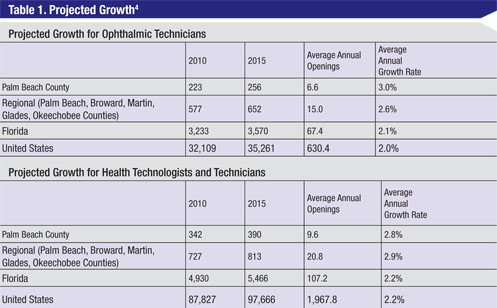 |
There is no point in investing the significant amount of time and financial commitment required to bring this program to reality if there are no jobs available when the students graduate. The employment outlook for COAs, COTs and COMTs is particularly bright, however. According to online job sources,
eyebuzz.net,
indeed.com,
jobsource.com and
localeyesite.com, there are presently more than 640 unfilled positions nationally. According to the Florida Society of Ophthalmology, there are approximately 1,400 ophthalmologists in Florida. Employment of physicians and surgeons is projected to grow 22 percent from 2008 to 2018. Florida’s Palm Beach, Broward and Miami-Dade counties have the highest concentration of health-care employers (U.S. Department of Labor Statistics, 2009) in the state. The demand is already there and is projected to grow rapidly.
We are living in exciting times. The old order is disappearing and with it, the days of a partially and inconsistently trained in-house staff who may or may not meet certification standards. Advancing these robust educational technologies to train and retrain ophthalmic technicians during this recovering economy not only makes good business and fiscal sense, it sets the stage to provide us with trained manpower for decades to come. For those of us who are involved in creating this new educational paradigm, this is only the beginning. The orchestra is about to play. Stay tuned.
Dr. Kershner is a professor of anatomy, physiology and microbiology at Palm Beach State College; a clinical professor of ophthalmology at the University of Utah School of Medicine, John A. Moran Eye Center; visiting professor of ophthalmology at the Chinese University of Hong Kong; and the director of Eye Laser Consulting. Contact him at
Kershner@EyeLaserConsulting.com.
1. U.S. Department of Education, National Center for Education Statistics, Integrated Postsecondary Education Data System, “Fall Enrollment Survey” (IPEDS-EF:94–99), Spring 2001 through Spring 2009; and Enrollment in Degree-Granting Institutions Model, 1980–2008.
2. Future Work Skills 2020: Executive Summary, Institute for the Future, University of Phoenix Research Institute, 2011.
3.
http://www.census.gov/compendia/statab/cats/births_deaths_marriages_divorces/life_expectancy.html. Accessed July 2011.
4. Economic Modeling Specialists, Inc.
economicmodeling.com EMSI Complete Employment - 2nd Quarter 2010.
